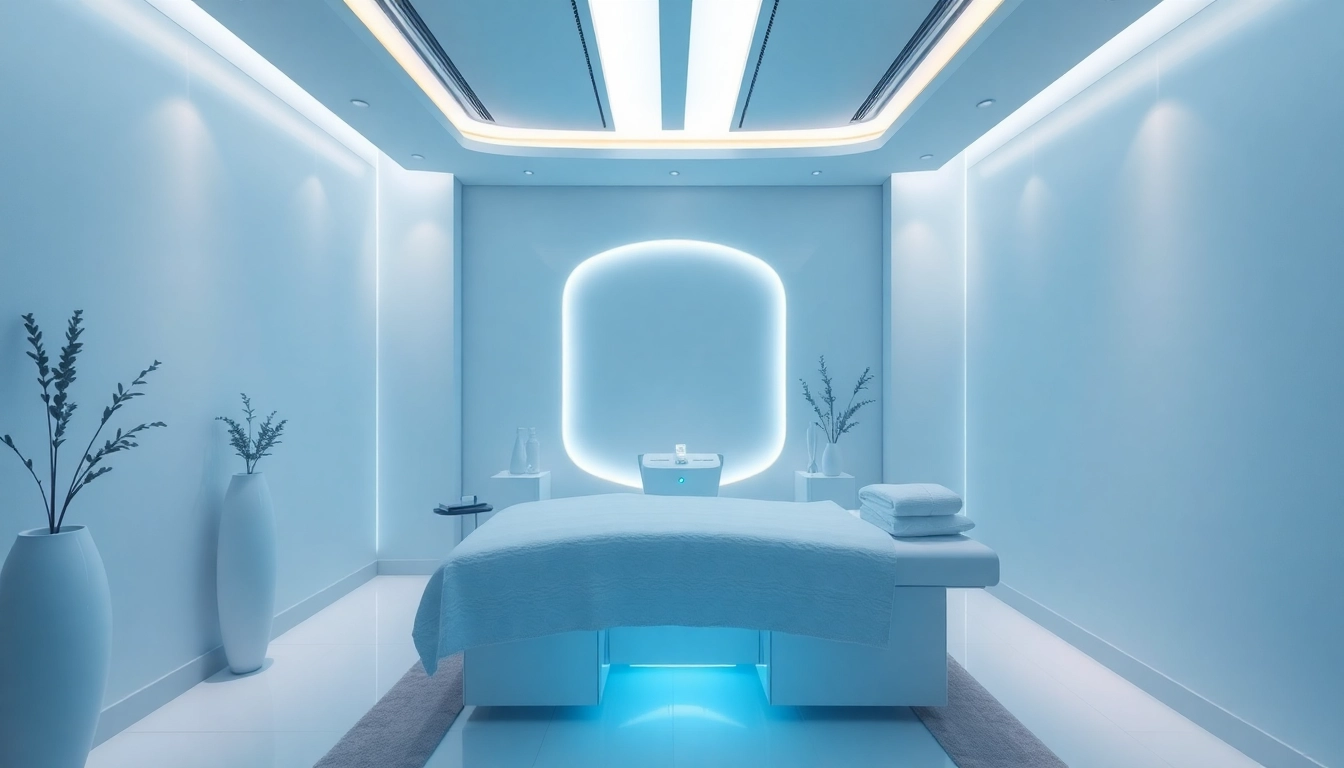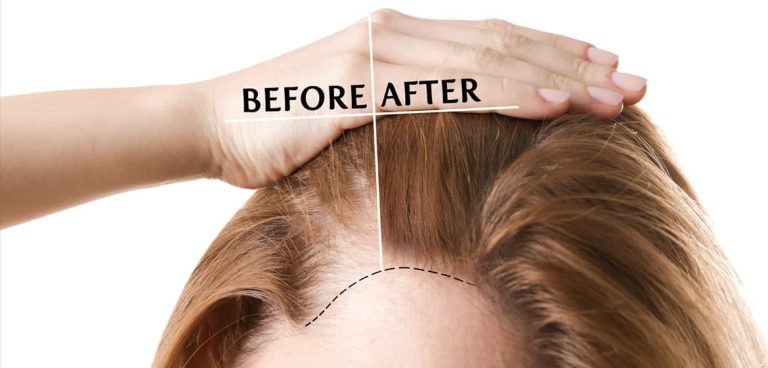
1. Introduction to Body Sculpting
In an age where physical appearance plays a critical role in both personal and professional domains, the need for body enhancement has led to the rise of a variety of sculpting procedures. Body sculpting, often referred to as body contouring, has emerged as a pivotal solution for individuals seeking to reshape their bodies, augment aesthetics, and boost confidence. This article delves deep into the world of body sculpting, exploring its definitions, methods, advantages, risks, and much more.
1.1 What is Body Sculpting?
Body sculpting encompasses a collection of medical and aesthetic procedures designed to enhance the shape of specific areas of the body. The primary aim is to reduce excess fat, tighten loose skin, and improve overall body contour. Distinct from weight loss methods, body sculpting specifically focuses on contouring areas that are difficult to modify through diet and exercise alone.
1.2 The Evolution of Body Sculpting Techniques
The journey of body sculpting has transformed remarkably over the years. Traditional methods primarily involved surgical interventions such as liposuction and abdominoplasty (tummy tuck). However, advancements in technology have introduced a plethora of non-invasive techniques, including CoolSculpting, Emsculpt, and SculpSure. These modalities utilize various technologies such as freezing fat cells, radiofrequency energy, and ultrasound to target fat deposits without the need for extensive recovery time.
1.3 Why Choose Body Sculpting?
Individuals opt for body sculpting for numerous reasons. For many, it serves as a pathway to reclaim their body post-pregnancy or significant weight loss. Others may seek procedures to enhance their personal appearance and boost self-esteem. Whatever the motivation, the fundamental allure lies in achieving a more toned and sculpted form.
2. Types of Body Sculpting Procedures
Understanding the array of body sculpting procedures available is crucial for making informed choices. They can broadly be divided into surgical and non-surgical options, each offering unique benefits and considerations.
2.1 Surgical Body Sculpting Options
Surgical body sculpting remains a popular choice for individuals seeking significant transformation. Procedures such as liposuction, tummy tucks, and breast augmentation are statistically favored for their immediate and dramatic results. Liposuction involves the removal of fat deposits through suction, effectively reshaping the body. While these methods yield substantial results, they also entail risks such as infections, scarring, and longer recovery periods.
2.2 Non-Surgical Body Sculpting Techniques
Conversely, non-surgical techniques minimize downtime and recovery while delivering impressive results. Popular options include:
- CoolSculpting: This FDA-approved procedure freezes fat cells, leading to gradual elimination by the body.
- Ultrasound Cavitation: This method employs sound waves to break down fat cells, promoting body contouring without surgery.
- EMSCULPT: A revolutionary technique that combines high-intensity focused electromagnetic technology to enhance muscle tone while also burning fat.
Each non-surgical method has its own unique advantages, particularly concerning minimizing recovery time and risk of complications.
2.3 Comparisons and Considerations
When comparing surgical and non-surgical options, factors such as the extent of desired results, recovery time, comfort with invasiveness, and financial considerations should guide your decision. Surgical options generally provide quicker and more visible changes, while non-surgical methods offer less risk and require minimal downtime.
3. Benefits of Body Sculpting
Body sculpting procedures come with numerous advantages that can significantly impact both physical appearance and psychological well-being.
3.1 Physical and Aesthetic Advantages
The primary benefit of body sculpting is the physical transformation it provides. Procedures can target stubborn fat areas, leading to a more toned appearance. Many individuals report satisfaction with their overall silhouette and body proportions after undergoing body sculpting.
3.2 Psychological Benefits of Improved Body Image
Apart from physical changes, many patients experience profound psychological benefits post-procedure. Achieving a body shape that aligns with personal ideals often enhances confidence and self-esteem. A positive body image can also lead to improved social interactions and heightened motivation for maintaining a healthy lifestyle.
3.3 Long-term Results and Maintenance
Many body sculpting techniques offer long-lasting results, provided that patients commit to maintaining a stable weight and healthy lifestyle post-procedure. Regular exercise and proper nutrition can play a vital role in prolonging the effects of sculpting procedures, ensuring that your body retains its desired contours.
4. Risks and Considerations in Body Sculpting
As beneficial as body sculpting can be, it is essential to understand the potential risks and considerations involved.
4.1 Understanding Potential Risks
Any medical procedure carries inherent risks. Surgical body sculpting may lead to complications such as infections, hematomas, or scarring. Non-surgical approaches, while generally safer, could still result in temporary side effects like swelling, bruising, or uneven results. A thorough consultation with a qualified professional can help in understanding these risks.
4.2 Post-Procedure Care and Recovery
Post-procedure care is paramount for ensuring desirable results in body sculpting. Surgical procedures necessitate careful monitoring of incisions and adherence to recovery protocols. Non-surgical options typically allow immediate return to everyday activities but may require follow-up sessions to maximize outcomes. Properly following care instructions can mitigate risks and enhance results.
4.3 Evaluating Your Readiness for Body Sculpting
Determining one’s readiness for body sculpting is critical. Candidates should be in good health, with realistic expectations about the outcomes. Consulting with a licensed practitioner can aid in assessing candidacy and making informed decisions about the most suitable procedures.
5. Choosing the Right Body Sculpting Provider
Selecting a qualified body sculpting provider can greatly influence the overall experience and outcomes. Below are essential factors to consider.
5.1 Credentials to Look For
Always ensure that your provider is licensed and certified specifically in body sculpting or aesthetic medicine. Look for credentials indicating formal training and experience in the procedures you’re considering.
5.2 Questions to Ask Your Provider
Prior to undergoing treatment, engage your provider with questions regarding their experience, expected results, potential risks, and recovery processes. This open dialogue can help establish trust and ensure comfort in proceeding with the procedures.
5.3 Patient Testimonials and Success Stories
Researching patient reviews and success stories is crucial when selecting a body sculpting provider. Testimonials can provide insights into patient satisfaction and the effectiveness of specific procedures. A provider with a track record of positive outcomes often demonstrates a commitment to quality care.




